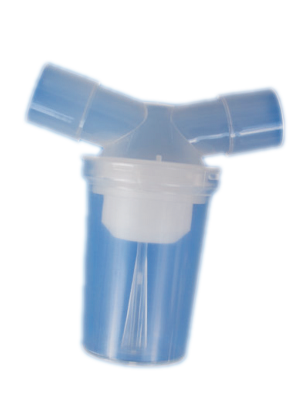
The disposable water trap is an easy and effective way to keep your drinking water clean and free of contaminants. Simply place the trap in your water bottle or pitcher, and it will filter out any impurities. The trap is made of a durable material that can be reused many times. When it's time to replace the trap, simply throw it away and get a new one.
Disposable Water Trap Ref No NMR103403
The disposable water trap is an easy and effective way to keep your drinking water clean and free of contaminants. Simply place the trap in your water bottle or pitcher, and it will filter out any impurities. The trap is made of a durable material that can be reused many times. When it's time to replace the trap, simply throw it away and get a new one.
A disposable water trap is a small, lightweight, easy-to-use device that helps to prevent clogged drains. It is placed over the drain opening and catches hair, soap scum, and other debris before it has a chance to enter the pipes. The trap can be easily removed and disposed of when it is full. This prevents clogs and makes it easier to keep drains clean.
The disposable water trap is a small, easy-to-use device that can be placed in any sink to trap hair, food, and other debris before it has a chance to clog the drain. The trap is made of a flexible, durable material that can be easily rinsed clean and reused. It is also small enough to fit in most garbage disposals, making it a great way to keep your drains clear and free flowing.
The Disposable Water Trap is a great way to keep your water clean and safe. It is a small, lightweight, and easy to use device that you can take with you anywhere. Simply place it in your water bottle or cup and it will trap any impurities or contaminants. The Disposable Water Trap is perfect for travel, camping, or anytime you need to purify your water.